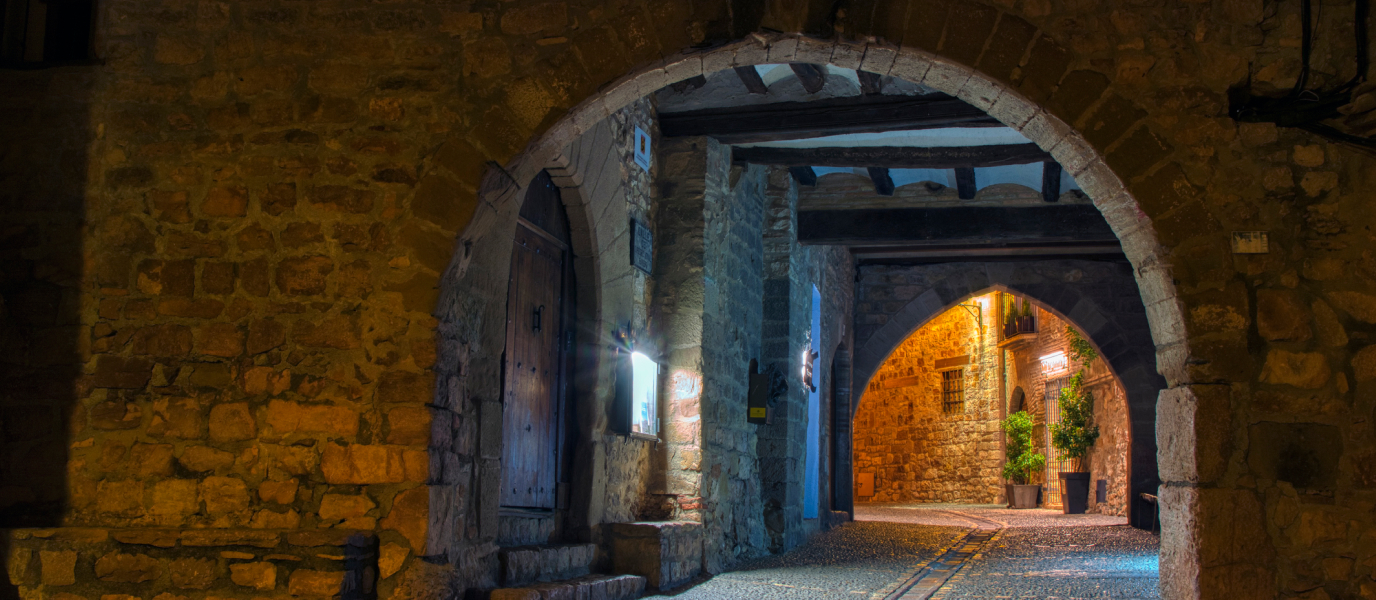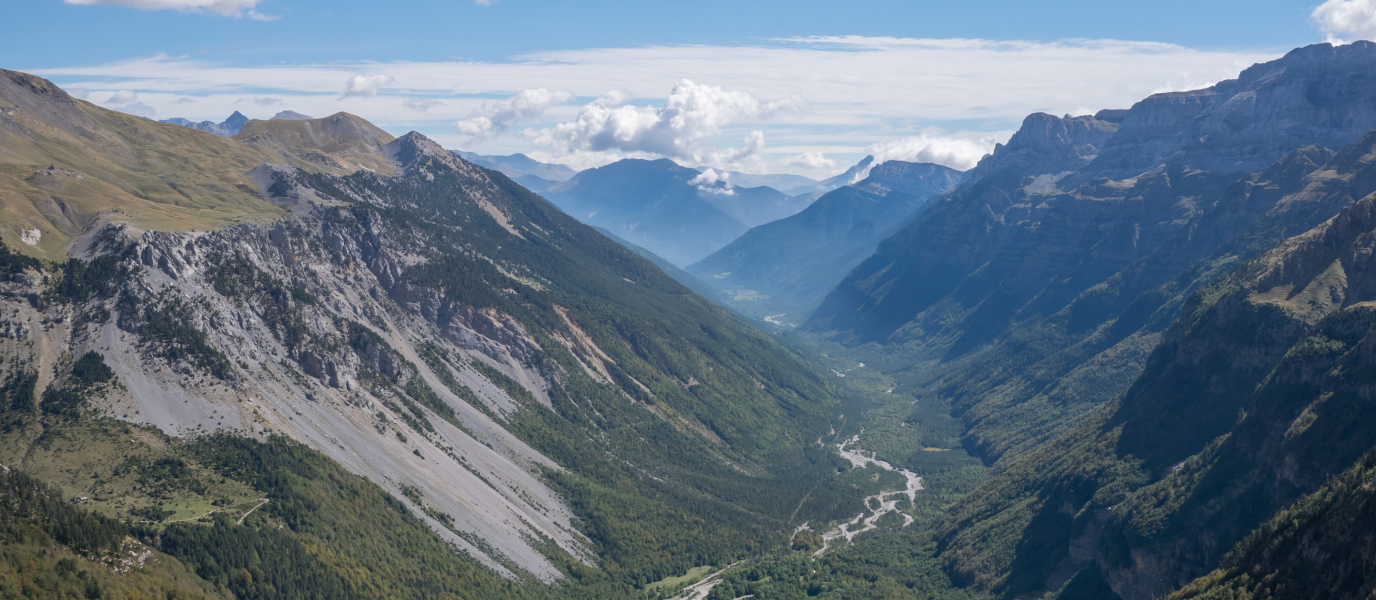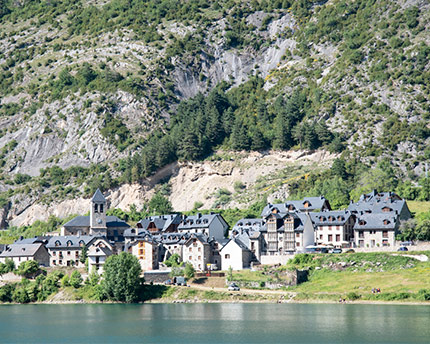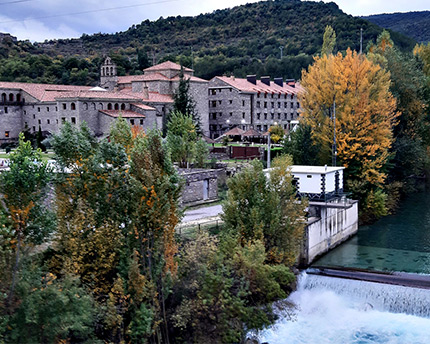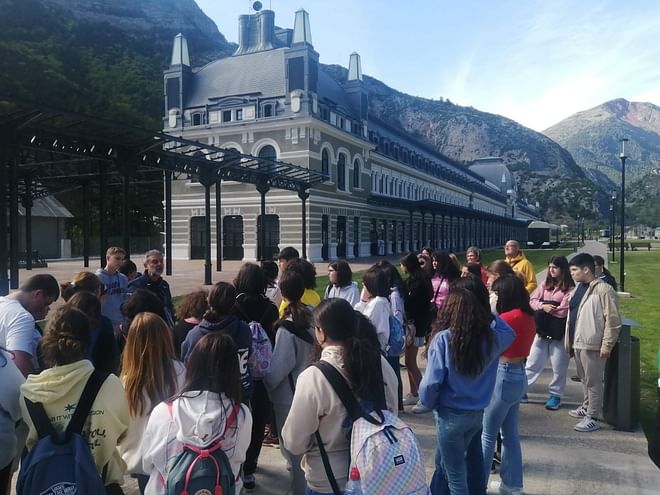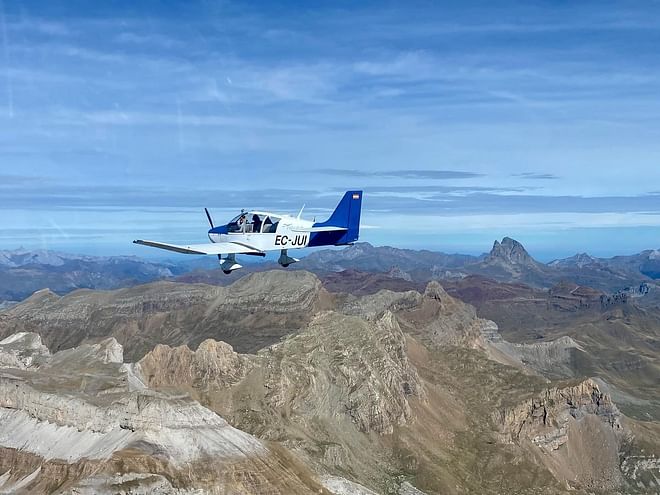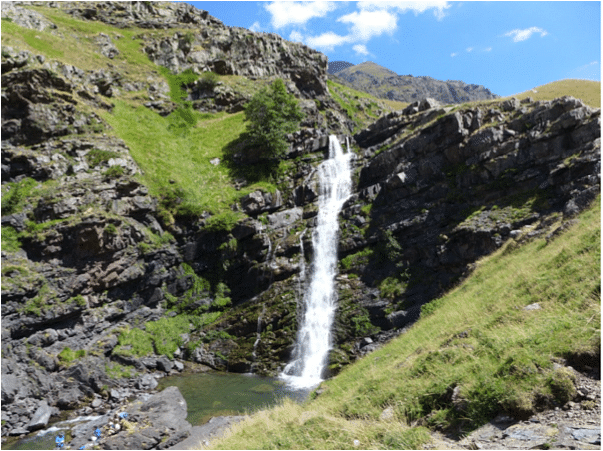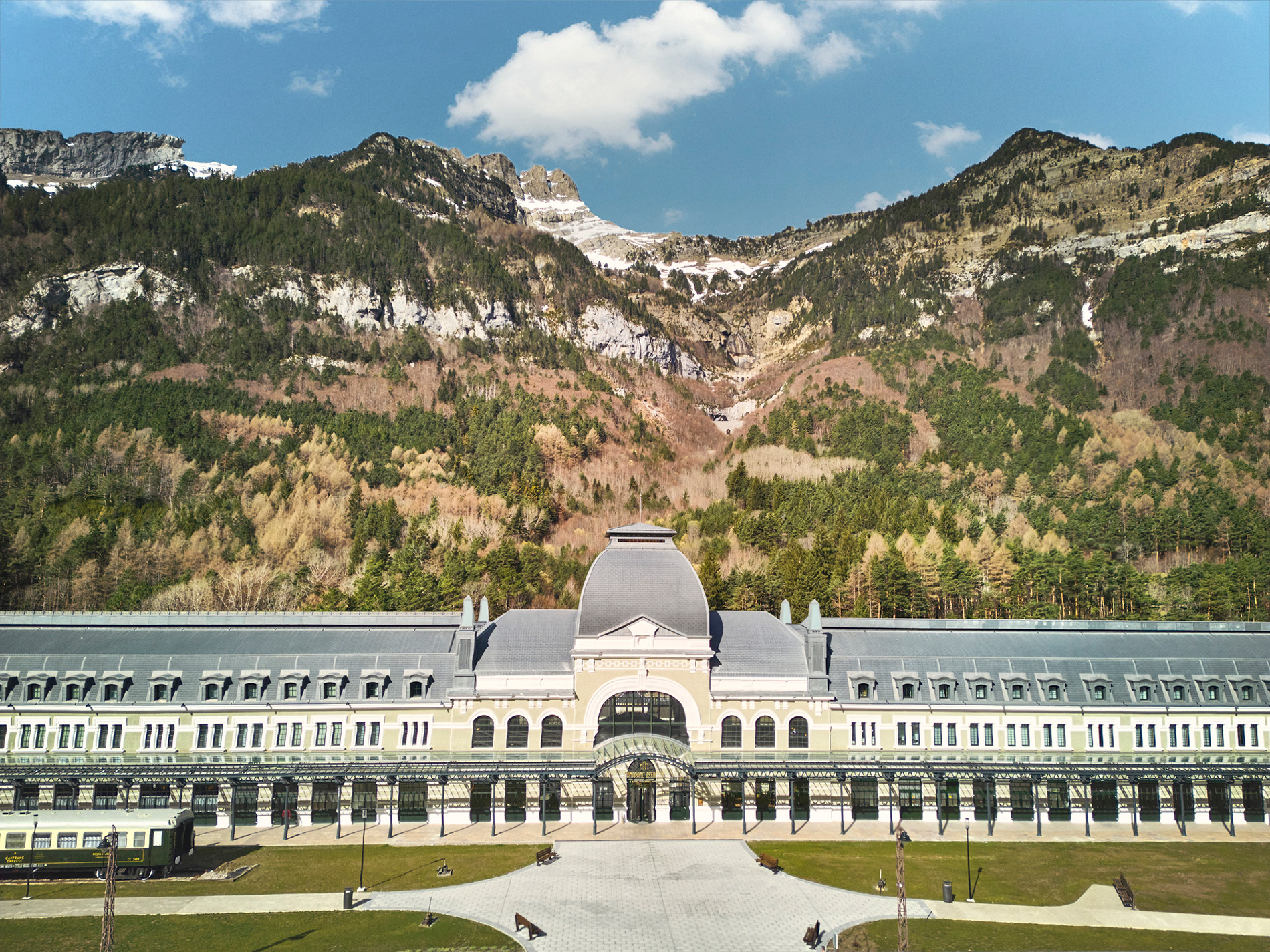Situated in the Somontano de Barbastro region, the small municipality of Alquézar is regarded as one of the most beautiful villages (internal link) in Spain. It boasts all the charm of a medieval village as well as countless natural attractions for visitors who come to discover its secrets. There are a lot of things to do in this small village filled with narrow, cobbled streets and little more than 300 inhabitants. The village is located in a spectacular natural area alongside the lovely Vero river, at the foot of the Balcez and Olsón mountains. It comes highly recommended as a destination if visiting Huesca and its surrounding province.
The history of Alquézar
This small village situated a stone’s throw from the Aragonese Pyrenees, whose old town has been declared a Site of Historical and Artistic interest, takes its name from the castle, or al-qasr, that was built in the ninth century to defend Barbastro from the Christians of Sobrarbe. The village boasts a long history in which kings as important as Sancho Ramírez of Aragon (eleventh century) and Alfonso the Battler (twelfth century) – who granted the village a charter and privileges – played decisive roles.
Ever since Alquézar’s castle was built in the eleventh century, the village has been a historical place, and these days it is an excellent destination for a short break, since it boasts numerous places of interest for visitors, which you can find out about below.
What to see in Alquézar
From Plaza Mayor to Rafael Ayerbe square
Also known as Mosén Rafael Ayerbe square, Alquézar’s main square, the former Plaza Mayor, is the heart of the village. It consists of a charming space lined with porticoes, under whose roofs merchants and artisans once sold their wares. From 1528 the village of Alquézar had a privilege, granted by Charles V, to hold a weekly market and an annual fair, which helped it quickly become economically prosperous.
Collegiate church of Santa María la Mayor
Perched on the top of a large rocky outcrop, the majestic collegiate church of Santa María la Mayor was built on the site of former Arab fortifications. Today the complex is surrounded by two walls with several turrets, one of which was used by the church as a bell tower. Its cloister, from the thirteenth century, has a trapezium-shaped floor plan and six capitals, which tell stories from the Book of Genesis. From the cloister of Alquézar’s collegiate church you can access several chapels, such as the San Antonio, San Fabián and San Sebastián chapels. The walls are decorated with mural paintings from the fifteenth to sixteenth centuries dedicated to childhood and the Passion of Jesus.
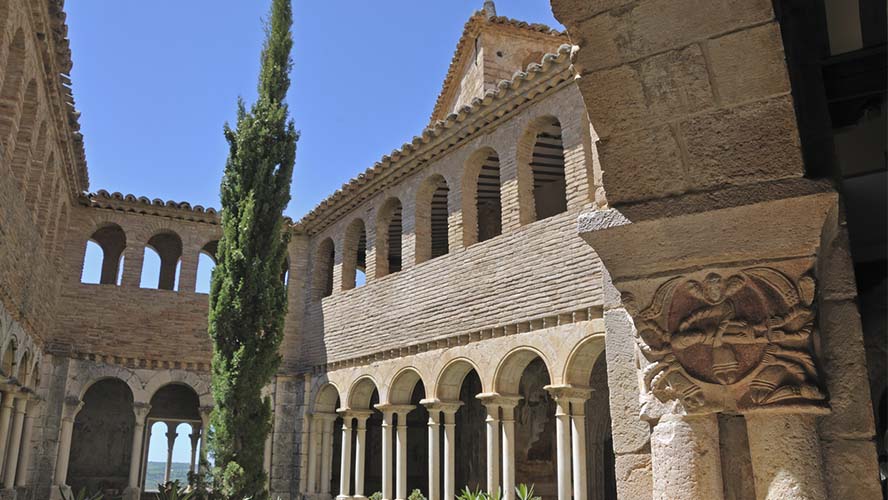
In the sixteenth century remodelling work took place due to the poor condition of the building. As part of the remodelling work the length of the church was extended and more chapels were added along its only nave. These include, from the seventeenth century, the San Nicostrato chapel, carved out of the rock, and the Virgen del Rosario chapel. The main altarpiece is dedicated to the Assumption of Mary.
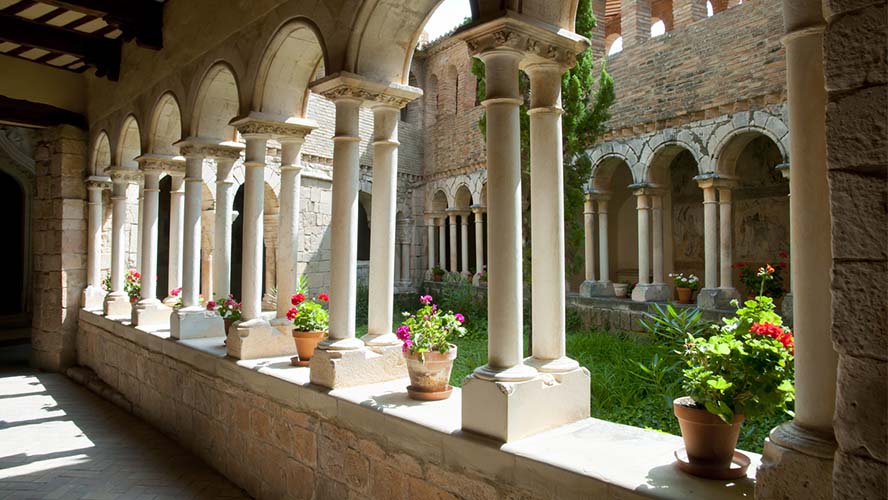
The impressive Vero walkways
If you are doing a spot of tourism in Alquézar (Huesca) and you have time, you cannot leave without admiring the beauty of the final stretch of the Vero river canyon, in the Guara de Alquézar mountains. You will be amazed. The Vero walkways comprise a three-kilometre mountain route through idyllic nature where the essence of the neighbouring Sierra y los Cañones de Guara Natural Park (internal link) comes together. On the walkways route, which is perfect for a spot of hiking in Alquézar, you will pass the leafy La Fuente ravine, encased between limestone walls; Picamartillo cave, a strange cavity formed by the water’s erosion; and the facilities of the former hydroelectric power station, before coming to the Vero viewpoint and enjoying some spectacular views. The route is suitable for children and adults.
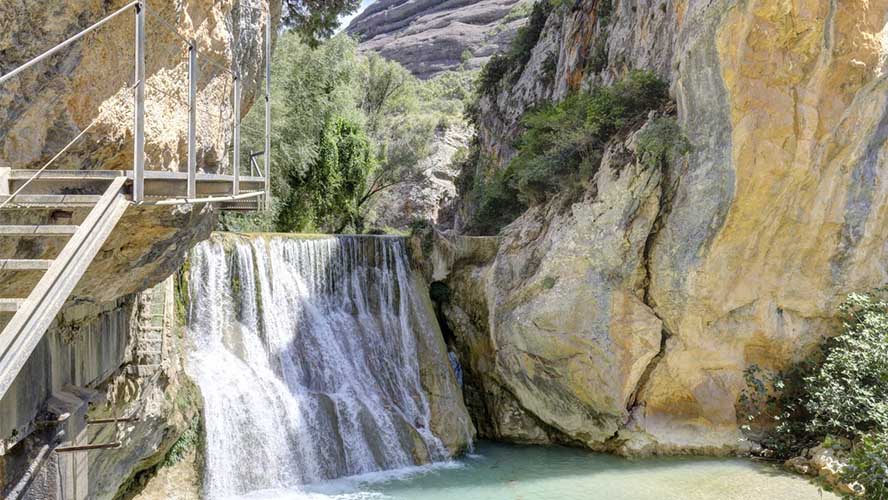
The Sonrisa del Viento viewpoint
From this viewpoint you can take in magnificent views of the historical village of Alquézar and the final stretch of the Vero river canyon, before its waters become concealed beneath the fertile ground of the Somontano region. You will also find a sculpture by the artist Gabriel, made in 1990, which consists of a smile-shaped hole through which the wind blows. Hence the name of the viewpoint (the Wind’s Smile). The piece is reminiscent of a dolmen or a triumphal arch.
San Miguel church, from the seventeenth century
This historical church in Alquézar was built in Baroque style in the seventeenth century on the site of a previous structure that was demolished. From the outside the building appears simple and robust, while inside all that remains of its original decoration is the upper part of the Baroque-style great main altarpiece. Everything else, including the liturgical objects, were destroyed during the Spanish Civil War.
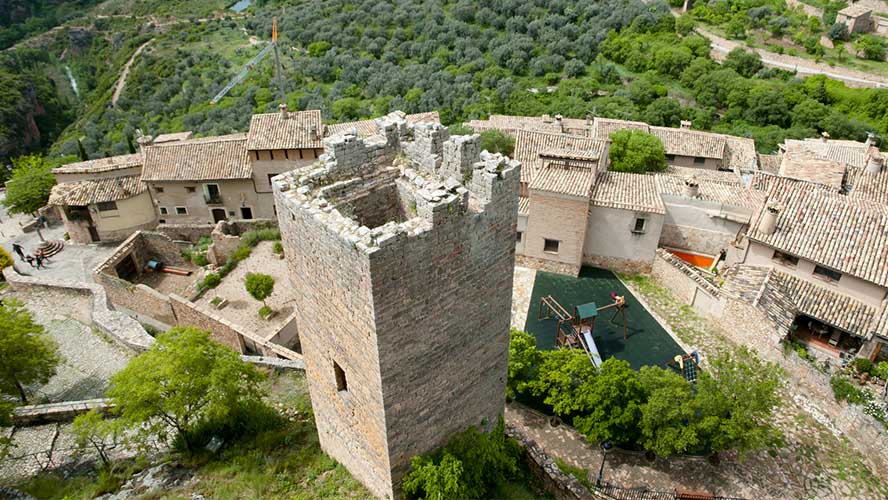
Where to eat in Alquézar
If you are looking for somewhere to eat in Alquézar and you are interested in sampling Huesca’s traditional food (internal link), you can step into any of the village’s many restaurants. The most well known are Casa Pardina, Cueva Reina, Mesón del Vero and La Marmita. Expect somewhat high prices on average, although they offer an excellent culinary experience that is almost guaranteed. Other more moderately-priced restaurants are also good options, such as Las Melias, Mesón de Colungo, and Pena Aman.
Useful information
How to get to Alquézar:
- By car. Alquézar is 48 kilometres from Huesca along the A-22; 123 kilometres from Zaragoza along the E-7/A-23; 431 kilometres from Madrid along the A-2, and 249 kilometres from Barcelona along the A-2.
























































